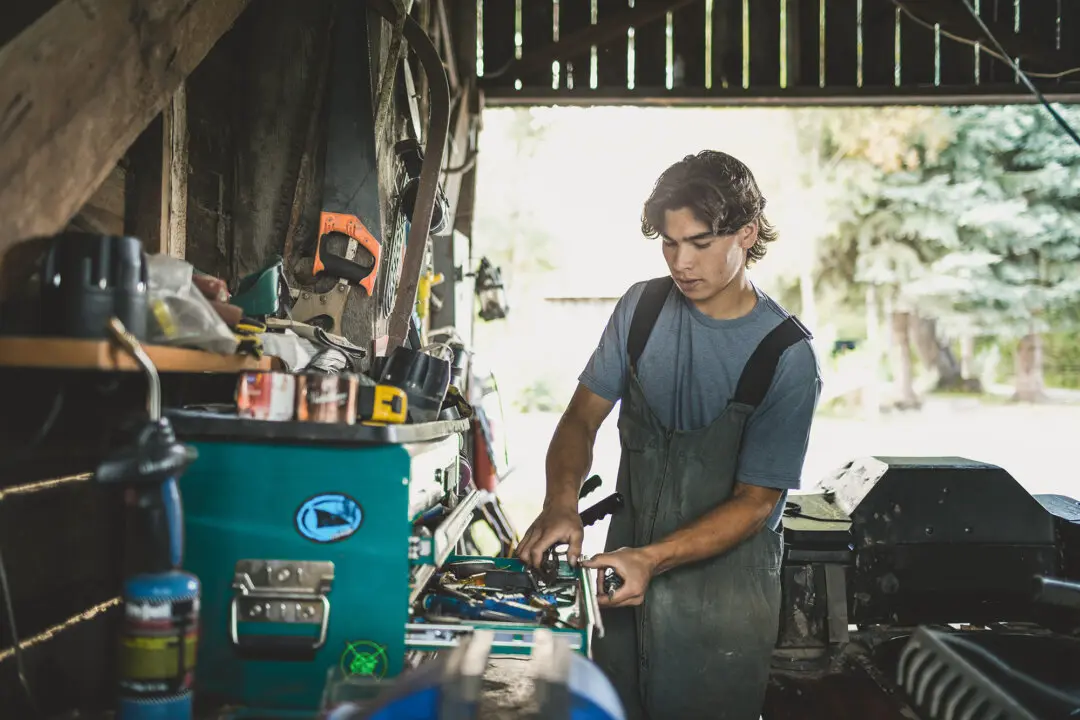Few things are as satisfying as a job well done, and most of us are handier than we think. Many projects—such as fixing a misaligned cabinet door—may not seem DIY-friendly at first, but are actually quite simple.
While it’s best to leave hanging cabinets to the pros or a pro-level do-it-yourselfer, fixing sagging doors, loose cabinet knobs, replacing bent or broken drawer slides, and softening loud closing doors is easy.





